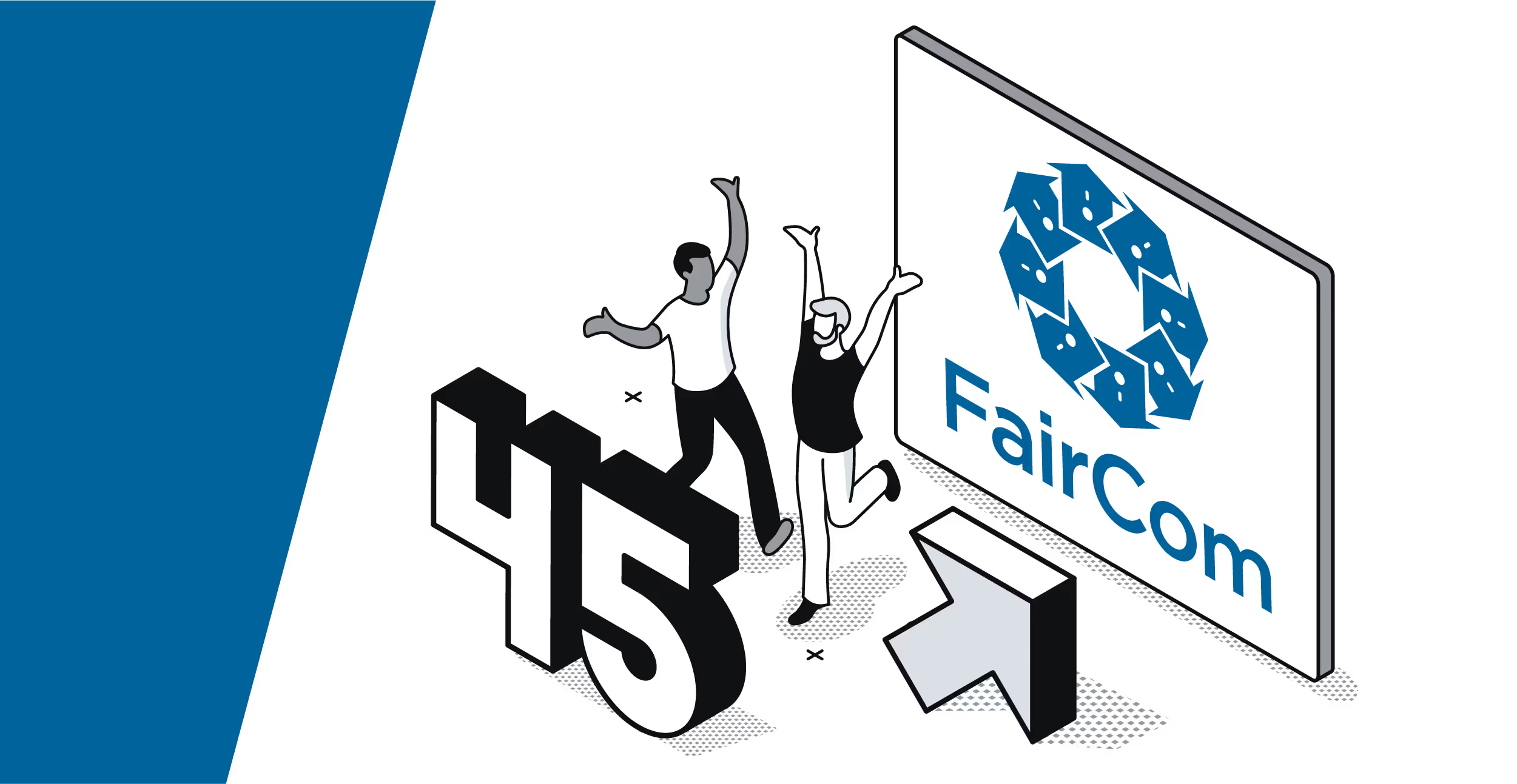Developers are scarce—how will system integrators adapt without custom code?
Developer risks are higher than ever. Custom software and code are not only costly, but also time-consuming. That's not even taking into account the persistent talent shortage of developers. But businesses can't run without proper integrations from point to point. Here's how to get around the shortage by achieving IT/OT convergence. The best part? These functions can all be supplied through a single IoT integration platform.
Invest in transformation engines
One of the biggest roadblocks to doing the most with your data is not having it in the right format. Think of protocols; on the factory floor, dozens of protocols may be in use. If you can't get from one protocol to another, all that information becomes siloed and stagnant. Machines can't speak to each other, which limits the ability to analyze the production line as a whole. This, in turn, can make achieving Industry 4.0 hallmarks—like Machine Learning and Predictive Maintenance—a pipe dream.
This language barrier persists past machinery; we must also understand how machines talk to us. Having a proper transformation engine means the difference between only accessing data in binary formats and being able to convert any data you need into universal JSON formats. Some engines can even enrich or reshape data to fit your business's specific needs.
The end result? Data that previously only provided use in Operational Technology contexts can now easily reach IT in usable formats. This means more data to more groups with less effort on your part.
Reach IT/OT convergence
The easiest way to integrate multiple departments is by building a bridge between them. For IT and OT, however, this is easier said than done. The two have been at odds for decades, but recent technological advances can bridge the divide. One example is the transformation engine. Having a single source of truth that takes input and output from OT's beloved MQTT or Modbus and IT's SQL, JSON, or REST can be a game-changer.
While some accomplish this through multiple products, integrating them into a single solution is easier both on budgets and personnel. Especially when considering that these solutions often do the exact same thing (but for different departments). To foster healthy relations between IT and OT, your technology needs to support database tech, web services, and message queuing. Once you conquer those three hills, you'll have unified technology groups. Better integration will lead to better performance, meaning a better bottom line for the business.
Go no-code
It may sound simplistic, but if you're struggling to find developers to produce custom code, invest in no-code solutions. This doesn't mean losing custom solutions—rather, the framework for these solutions should focus on modular or configurable changes.
Having simple configurations means saving on developer costs, and later modifications via plug-ins allow for greater customization when needed. Using a simple JSON configuration means anyone could be a configuration technician, relieving some of the pressure on developers.
Find a product that does it all
Configurable platforms, transformation engines, department bridging—with all these requirements, it may seem like this is a more costly, time-consuming effort than doubling developer hiring tactics. The key to keeping these costs down, then, is finding one solution that solves all these issues.
Experts at McKinsey & Co. point to investing in no- and low-code platforms that "provide ways to customize and extend out-of-the-box capabilities," such as connectors for major third-party systems, custom connector development capabilities, and the ability for other systems to connect via APIs.
Rather than a piecemeal approach to bringing products together, investing in a singular, long-term solution will save your team money and time in the long run and make integration easier. Simplify IoT integration by using a platform with plug-in architecture that converges a proper database, web services, and message queuing—all the right ingredients for true IT/OT convergence. Choosing a product designed for your needs will always be easier than forcing multiple square pegs into a round hole. While there will always be a need for developers, an all-in-one integration platform can go a long way to alleviating those needs.
Download FairCom Edge or schedule a product demo with our expert service team today.




